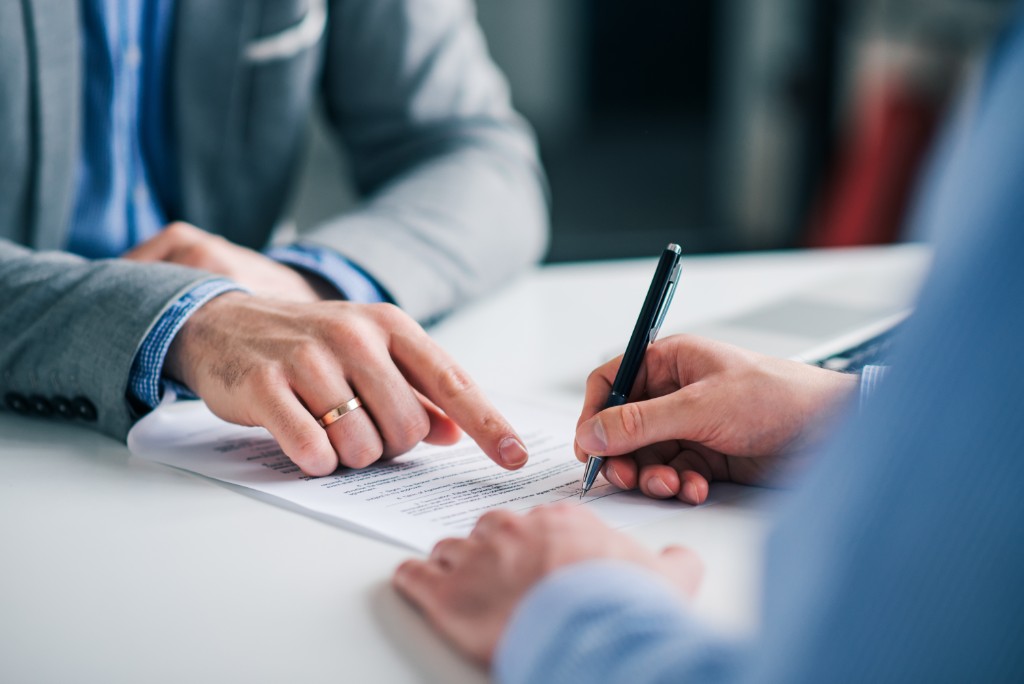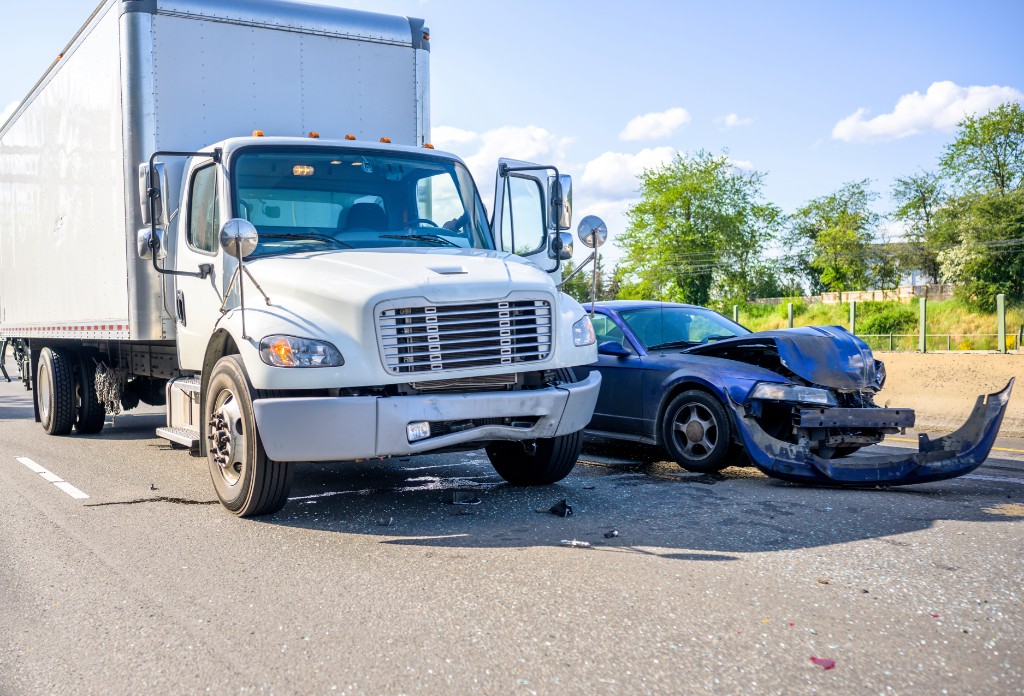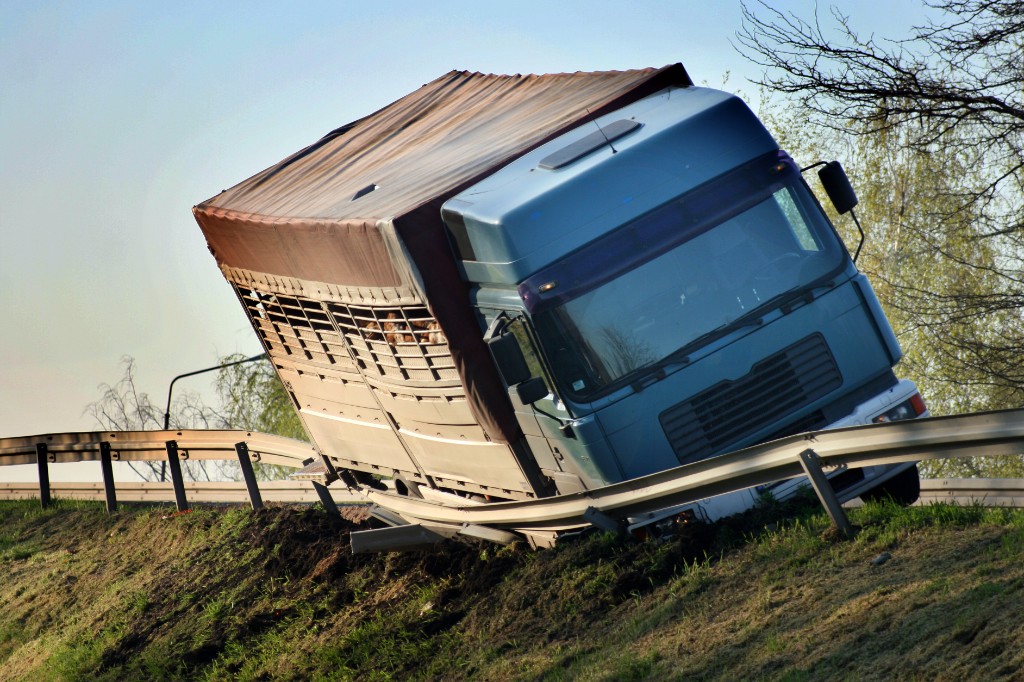May 10, 2025 | car accident Claims
When Multiple Drivers Are at Fault: How To Handle Complex Liability Scenarios in Multi-Vehicle Collisions
Table of Contents
It is fairly straightforward in a rear-end motor vehicle accident (MVA) to determine who is liable (at-fault) for the MVA, typically the one hitting you from behind. However, when there are more complex multi-vehicle MVAs, it can sometimes be difficult to determine who bears the fault for causing the accident. Conflicting witness statements or inclement weather can also add to the complexity of determining fault.
If you have been in an MVA, it is important to speak with an Alberta personal injury lawyer to discuss your claim We at Preszler Injury Lawyers have many clients dealing with complex multi-vehicle claims and they often ask us – how is fault determined and who will be liable for my injuries?
How Many Parties Can Be At-Fault During an Accident?
Ultimately, more than one party could bear responsibility for the MVA, and typically, when filing your claim with the courts, we list all the relevant parties who might bear responsibility. This would include the registered owners of each vehicle involved and the drivers listed on the collision reports or from information collected from witness statements.
For example, if you were in the front of a 4-car pile-up, where the back car has pushed and caused a chain-reaction in the other vehicles, we would name not only the driver and owner of the vehicle which directly struck your vehicle, but also the other owners/drivers who struck that vehicle and propelled it into yours. In this scenario, it would likely be the rear-most vehicle that would bear the brunt of the responsibility for causing the accident, but the other vehicles could also be responsible in part, since if they had left more room in front of their vehicle, they may not have been pushed into the other vehicles in front and ultimately impacting your vehicle.
In a slightly altered scenario, if there is normal two car rear-end collision, after which a third and/or forth vehicle collided into those vehicles, these would be viewed as separate collisions, though part of the same accident, and fault could be apportioned evenly between all the defendant parties, or in whatever manner the court deems appropriate (60%/40%, etc.).
You could also be deemed to bear some responsibility for causing the accident, or contributing to the injuries you sustained in the accident. This is called cContributory negligence” and would include things like braking when it is unnecessary, not leaving enough room in front of your vehicle, or things like not wearing your seatbelt, which might have worsened the injuries you suffered as a result of the MVA.
Accident Reconstruction, Witness Accounts, and Establishing Liability
Sometimes, when it is difficult to determine fault, your lawyer, the insurer, or other defendants may hire an engineer, or other expert, as an ‘Accident Reconstructionist’ to make an Accident Reconstruction report regarding the likely circumstances of the MVA.
Generally, ‘Accident Reconstruction’ is the process of using scientific methodology to determine the contributing factors, mechanics, and circumstances surrounding the MVA. This requires expertise in many disciplines, such as physics, mathematics, vehicle dynamics, computer simulation, and photogrammetry. The expert hopes to answer questions such as:
- How fast were the vehicles travelling at impact?
- Did the vehicles attempt to stop?
- What angle did the vehicles impact at?
The Accident Reconstructionist will consider and rely on evidence from all available sources in creating their report, including witness statements, photographs of the vehicles, collision reports, maps, or transcripts from questioning of the parties, or other available information. They will also look at Emergency Medical Service records or medical reporting, which may include statements from the injured parties, and which will include injury information. These can be used to support their opinions on the vehicle dynamics. Other relevant documents might include repair estimates, crash test reports, or vehicle specifications, which can assist in calculating the forces involved in the MVA.
The expert will also likely want to see the vehicles involved in the collision in person if possible. This is because pictures may not be sufficient to show all the damage or other relevant facts of the accident, such as the quantification of the crush profile or damages to the undercarriage of the vehicle.
An independent witness to an accident, someone not in the vehicles involved, can also be extremely helpful in determining liability in a multi-car collision. After an accident, witnesses and injured parties are often focused on ensuring everyone is alright, and sometimes people fail to get the name or contact information for witnesses. This can lead to issues down the road, because if we are unable to find or contact the witness, then we may have no evidence to determine liability. So, if you have been in an accident, ensure you get the name and contact information for any independent witnesses.
Insurance Complications in Multi-Vehicle Accidents
In a multi-vehicle accident, there may be one or many insurance policies that are responding to your claim and which might bear some responsibility for the accident. Insurance companies generally speaking only want to pay for the injuries that their insured has caused, and as such will generally require some evidence that their insured is liable for the injuries before they are willing to pay damages. Sometimes, they only bear partial fault, or the fault is split between multiple parties, which can mean that ultimately your compensation could come from several sources. Regardless of the sources of the compensation, you are only entitled to full and fair compensation for your injuries once, and you don’t get to recover twice for the same injuries.
In a highly contested multi-vehicle accident, and where fault cannot be determined by independent sources, the effect can be that insurance will be unwilling to pay the fair compensation for your injuries early on in the litigation process and you may be required to take further litigation steps, such as questioning, mediation, or trial, to ensure you are fairly compensated through the insurance for the liable parties.
As a result of the above, litigating contested multi-vehicle accidents can be costly, as multiple parties may be hiring their own engineers as Accident Reconstructionists, and each insurance policy will eventually need to hire a lawyer to defend the claim, and their hourly costs to the insurer can quickly add up, making the process expensive for all parties.
How to Negotiate with Multiple Insurers
We at Preszler Injury Lawyers have a wealth of experience in dealing with complex multi-vehicle accidents, and, as such, we have expertise in trying to negotiate a fair resolution to these types of claims.
Practically speaking, negotiation with insurance companies in a multi-vehicle situation is often not that different from negotiation in a normal MVA claim. As discussed above, since we are only concerned with receiving full and fair compensation, and not about which insurance policy pays that compensation, we can negotiate with all the insurers jointly, and they are able to determine between themselves which insurance policy will be paying which portion of the claim.
It is not always so simple though. If the insurance companies, and their insured drivers, have drastically different versions of events, then some of all of the insurance companies may be unwilling to pay fair compensation short of going to trial, where the legal liability can be determined by a judge or jury.
Taking Complex Liability Cases to Trial in Alberta Courts
As discussed above, it may be necessary to take a complex multi-vehicle claim to trial when you are otherwise unable to get a fair resolution pre-trial. The trial is either before a judge, or a Jury, who becomes the ‘finder of fact’ in determining who is liable for the accident and for your injuries. Sometimes, the parties are able to agree on the quantum or value of your injury claim prior to trial, and the trial is only to determine which parties are liable, and they are then responsible to pay their percentage portion of the agreed value of the claim.
At trial, all the drivers will likely be called as witnesses to give their version of events. Any independent witnesses will also be called. The engineers who created any Accident Reconstruction reports would also likely be called as expert witnesses so they can be examined on their report and its conclusions. From this evidence, the judge or jury would have to make a determination, one way or the other, about who bears fault for the Accident. If the evidence still remains unclear, and the judge or jury cannot decide which witness is correct/more credible, then typically they would default to apportioning fault evenly between the accused parties (i.e in a claim where you were hit by two vehicles – then 50/50 between the two drivers who hit you).
If you are found to be partially at fault for your injuries – either by contributing to the cause of the accident, or by contributory negligence for your injuries, like not wearing your seatbelt or not taking appropriate actions to avoid the accident – then you will only be entitled to a portion of the value of your claim. So, if you are 25% at fault, you will only receive 75% of the value of your claim.
How Can a Lawyer Help With a Multi-Vehicle Accident?
Given the complexity of multi-vehicle claims, and the importance of being prepared for trial if necessary, it can often be crucial to get a lawyer involved with your claim, preferably at an earlier stage, so they can properly assist you in preparing and preserving the evidence necessary to protect your legal interests and maximize your final settlement.
If you or someone you know was injured in an accident, complex or not, we would be happy to assist you in pursuing justice. Call us at Preszler Injury Lawyers at 1-888-494-7191!
Written by Joel McLeish
Personal Injury Lawyer
Lawyer Joel McLeish’s practice focuses on personal injury claims, including motor vehicle accident claims, slip and fall claims, and long-term disability claims.
More car accident Topics
Here’s more information on car accident related topics that we think you might find helpful.

car accident
|
May 15, 2025
Alberta’s Minor Injury Regulation Explained: What Is the Alberta Minor Injury Regulation and Who Does It Affect?
The Alberta Minor Injury Regulation (“MIR”) applies to injured victims of motor vehicle accidents in Alberta. MIR was created by the Alberta provincial government to…

car accident
|
May 14, 2025
Key Differences Between Truck and Car Accident Claims in Alberta: Why Truck Accidents Result in More Severe Injuries and Damages
Trucking firms usually carry insurance that exceeds that of passenger cars. The main reason for this is the damage and injuries that can result from…

car accident
|
May 13, 2025
Filing a Claim After an Alberta Truck Accident: Steps, Deadlines, and Compensation: Understanding Alberta’s Limitation Periods for Truck Accident Claims
Limitation periods for lawsuits in Alberta are restricted by the Limitations Act of Alberta. In the case of truck accident claims, it is necessary that…
Speak With Our
Legal Team for FREE
Find Out if You Have a Case in Under 5 Minutes
Speak to a Lawyer Now!
We’re here to help.
